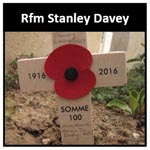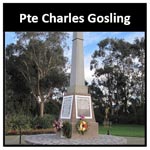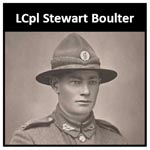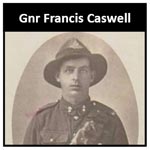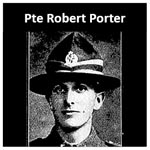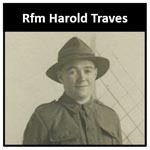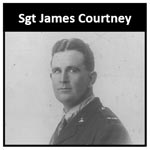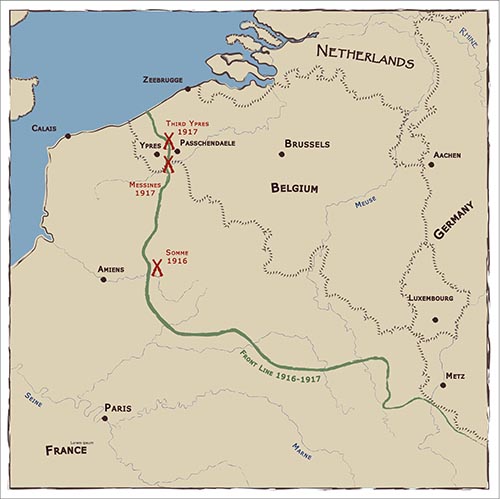 While Gallipoli remains the best known of New Zealand’s battles in World War I the clashes on Europe’s Western Front were far bigger and more devastating. Nearly three-quarters of all New Zealanders killed in the war died in Europe. After they arrived in 1916 the Kiwis fought in all the largest British battles including the Somme in 1916, as well as Messines and Passchendaele (Third Ypres) in 1917. They also played a crucial role in the dramatic fighting of 1918.
While Gallipoli remains the best known of New Zealand’s battles in World War I the clashes on Europe’s Western Front were far bigger and more devastating. Nearly three-quarters of all New Zealanders killed in the war died in Europe. After they arrived in 1916 the Kiwis fought in all the largest British battles including the Somme in 1916, as well as Messines and Passchendaele (Third Ypres) in 1917. They also played a crucial role in the dramatic fighting of 1918.
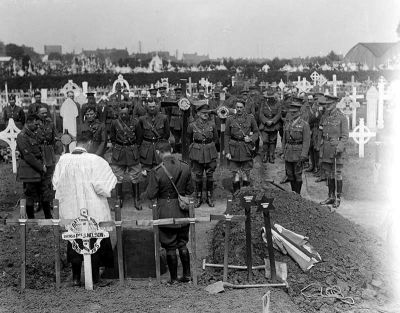
Pictured: Officers at the funeral of Brigadier-General Francis Johnston, 12 August 1917.
[Alexander Turnbull Library 1/2-013402-G]
The Somme
The Somme in 1916 was the first time New Zealanders took part in a large battle on the Western Front. Over a period of 45 days they proved themselves hard fighters but lost almost as many men as they did in their eight months at Gallipoli.
The aim of the battle was to punch through the German trenches and break the stalemate of the Western Front. The Somme started with a disastrous British attack in July and the New Zealanders joined the fray in September.
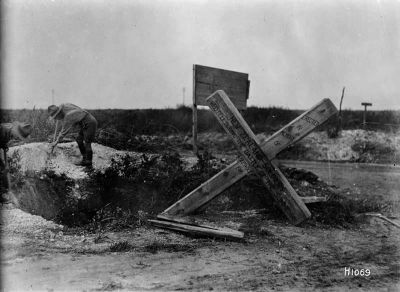 Pictured: Soldiers erecting a cross to commemorate the many New Zealanders killed at the Battle of the Somme.
Pictured: Soldiers erecting a cross to commemorate the many New Zealanders killed at the Battle of the Somme.
[Alexander Turnbull Library 1/2-013632-G]
The Kiwis took part in four separate attacks. They took their objectives but each time suffered heavy casualties.
During the battle the New Zealand division earned a reputation as good fighters but their success came at a high cost. Of the 18,000 New Zealanders who fought in the battle nearly 6000 were wounded and more than 2100 were killed. At least 97 South Cantabrians died during the fighting at the Somme.
Explore SCRoll - South Cantabrians who served:
Messines
The New Zealander’s attack at Messines in June 1917 was a major victory, but there was still a heavy price to pay.
The attack aimed to capture a ridge to secure the British line before a large offensive to the North. The goal was not to break through the lines but to attack and hold territory.
Two years prior to the attack the British began digging tunnels under the German lines where they laid huge explosives to destroy the defences.
Early on 7 June the explosives went off and shattered German frontline trenches. The Kiwis surged through the German defences and captured the fortified town of Messines after some hard fighting.
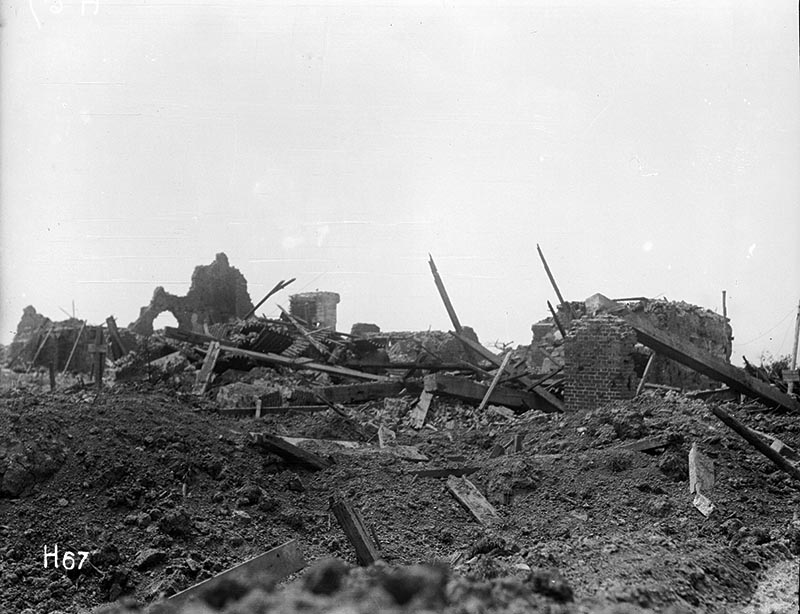
Pictured: Buildings destroyed at Messines, 1917.
[Alexander Turnbull Library 1/2-012778-G]
Expecting a German counter-attack, the New Zealanders crammed into new trenches. The German artillery shelled them heavily and since the Kiwis were crowded together many men were lost. The Kiwis held the position for two days and it was during this time that the majority of the casualties was suffered.
The attack was a major success, however, even victories on the Western Front were a deadly business. The New Zealand Division suffered some 3700 casualties, including 700 dead. At least 43 South Canterbury soldiers were killed during the battle.
Explore SCRoll - South Cantabrians who served:
Passchendaele (Third Ypres)
The 12 October 1917 attack at the battle of Passchendaele is the most disastrous event in New Zealand’s history.
The overall aim of the British offensive was to drive towards the Belgian coast but progress had faltered and rain soaked the battlefield.
The Kiwis’ initial attack on 4 October took all its objectives. That evening it started to rain heavily and the artillery churned battlefield turned into a sea of deep porridge-like mud.
Most artillery could not move forward in the mud. Those guns that could advance had trouble setting up and were not supplied with enough ammunition.
 Pictured: German prisoners carry a wounded man, 4 October 1917.
Pictured: German prisoners carry a wounded man, 4 October 1917.
[Alexander Turnbull Library 1/2-012932-G]
The New Zealanders attacked early on 12 October against an untouched defence. The British artillery did not break the barbed wire, hit German strongpoints or knock out their guns.
The result was slaughter. The men struggled forward through the thick bog against heavy machine gun and artillery fire. By the time the attack was called off some 950 New Zealanders were dead or dying and over 2700 wounded. About 50 South Canterbury soldiers had been killed. Not a single objective was gained.
Passchendaele devastated the New Zealand forces. From October 1917 to the end of the year at least 141 South Canterbury soldiers lost their lives there.
Explore SCRoll - South Cantabrians who served:
Break Through
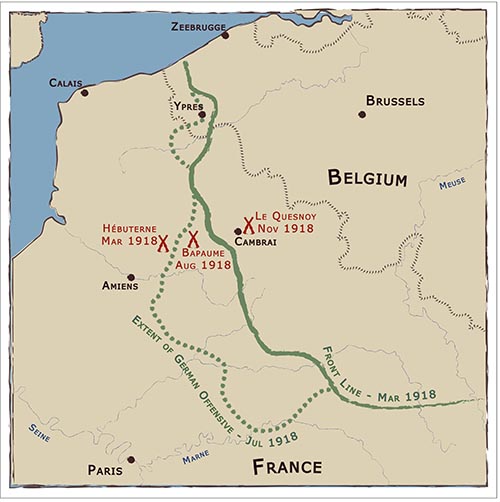 The year 1918 marked the dramatic conclusion to World War I after the soldiers finally broke free of the Western Front trenches.
The year 1918 marked the dramatic conclusion to World War I after the soldiers finally broke free of the Western Front trenches.
Germany’s victory over Russia at the start of the year allowed them to move all its forces to the Western Front and attack. In March Germany broke through the Allies lines and the New Zealand Division was amongst those rushed in to halt the advance. The New Zealanders plugged a dangerous gap in the line near Hèbuterne and then fought to stabilise the front. This was one of their most important contributions to winning the war.
The German attacks ran out of momentum and in August the Allies launched the ‘Hundred Days’ offensive that would lead to victory. The New Zealanders were at the forefront of the assault in places like Bapaume almost continually from August 21 until the end of the war. The fighting was largely free of trenches and the New Zealanders preferred the movement of open country warfare.
New Zealand’s last major attack of the war was capturing the fortified French town Le Quesnoy. The town was surrounded and smoke bombs were fired into the town rather than artillery to avoid civilian casualties. Using a ladder New Zealanders stormed the walls and captured the city. The tactics used meant no civilian lives were lost.
The armistice ending the war was declared on November 11. New Zealanders travelled to Cologne as an occupation force before they started to be sent home at the end of December.
Pictured: A tank comes to an unfortunate stop in a trench.
[South Canterbury Museum 990/42.01]
Explore SCRoll - South Cantabrians who served:
| << Previous Story: Sinai & Palestine | Next Story: The Western Front - Life at War >> |
|---|

